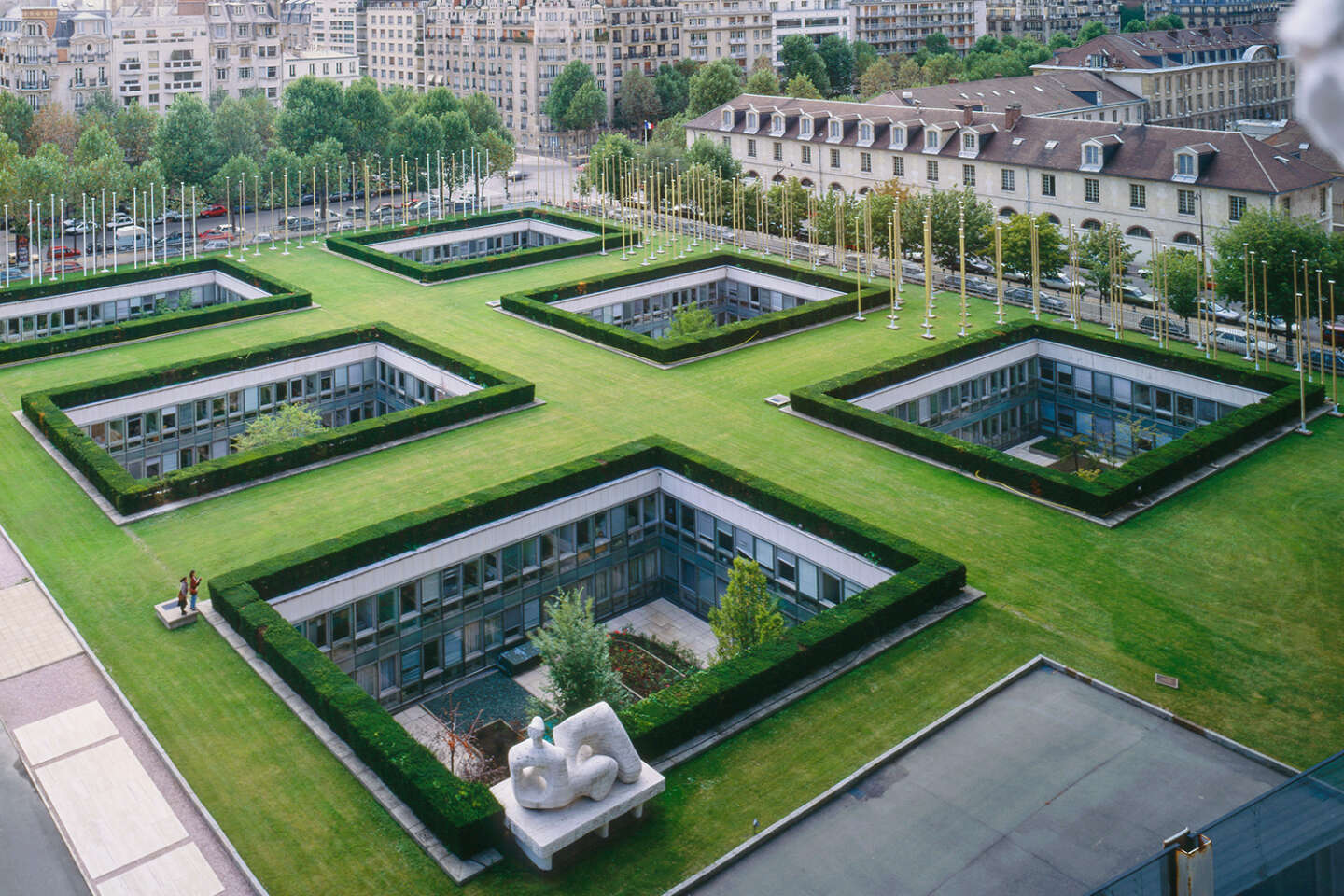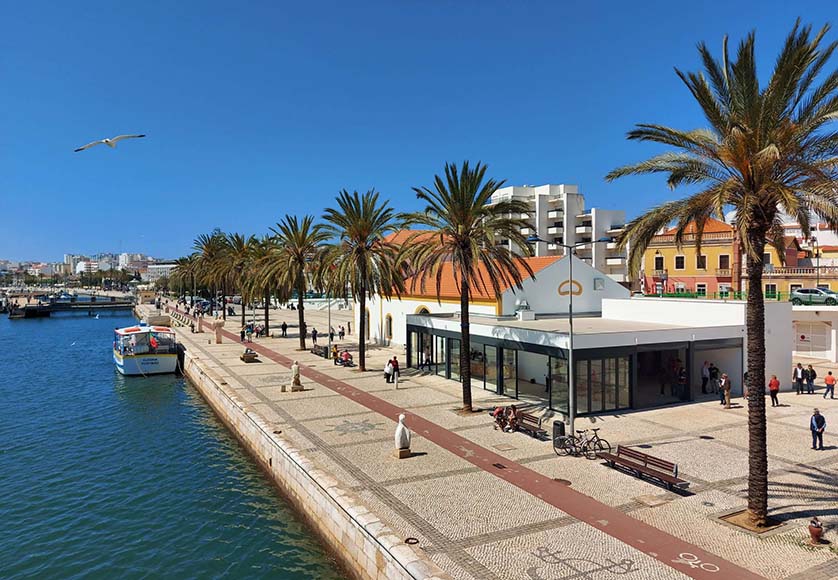
As for Brazilian landscaper Roberto Burle Marx, the general public knows, at best, two or three things. We owe it to him for the dramatic, undulating stone pier undulating along Copacabana Beach, in Rio de Janeiro, Brazil. He contributed to the construction of Brasilia, the country’s capital that emerged from the ground in 1960, with city planner Lucio Costa and architect Oscar Niemeyer. Or that he continued to warn about deforestation in the Amazon until his death in 1994, at the age of 84.
However, no one knows the exact number of activities he undertook – he was also a botanist, painter, potter, upholsterer, jeweller, cook, opera singer, theatrical set designer… What’s more, we do not know how many gardens he made Designed. Estimates from specialists fluctuate as wildly as the spaces he designed: about a thousand, some say; Nearly three times as much, correcting the others.
There is little certainty: Paris is home to the only gardens created by Roberto Burle Marx on European soil. These are six courtyards, located inside the headquarters of UNESCO, the United Nations Educational, Scientific and Cultural Organization, not far from the Hotel Invalides. They opened in 1963, two years before the American Institute of Architects hailed the Brazilian as “The true creator of the modern garden”.
Between neglect and recognition
Alternating curves and right angles, forming wide flat areas of plants, stones and water, these courtyards are a feature of the lush and elemental art of Roberto Burle Marx. It fits harmoniously into the building designed by about a dozen international architects, including two of his masters and friends, the Brazilian Lucio Costa and the French-Swiss Le Corbusier. Very dilapidated, but soon to be repaired, it bears witness to the landscaper’s contradictory posterity: here abandoned, there carefully celebrated, his work continues to meander between neglect and recognition, in his own country and abroad as well.
Therefore, among the six Parisian courtyards. Cracks hit the sinks. Water supplies have been drying up for a long time; Plants die little by little. A UNESCO spokesman assures us that UNESCO has addressed the problem. Experts are diagnosing the extent of the damage, before proper restoration, in the coming months. The organization is well placed to measure its full value. In 2021, “Sitio” was listed as a World Heritage Site, where Roberto Burle Marx lived and worked, from 1949 until his death. A huge estate located between the artist’s studio and the nursery, extending over 40 hectares, on the western border of Rio de Janeiro.
You have 88.2% of this article to read. The rest is reserved for subscribers.






